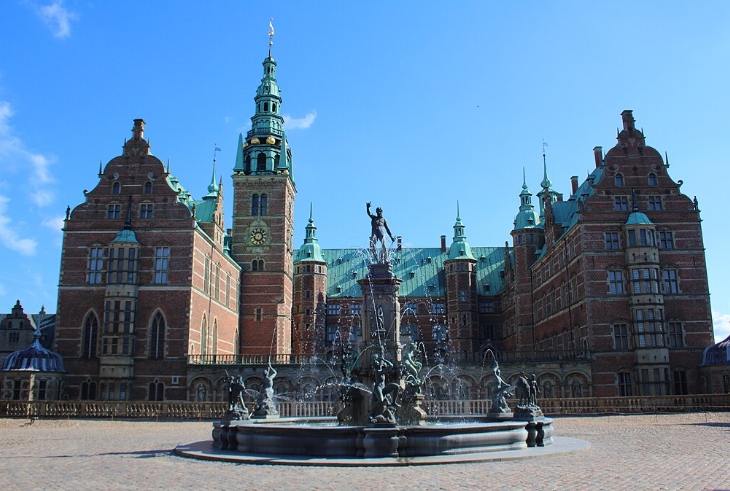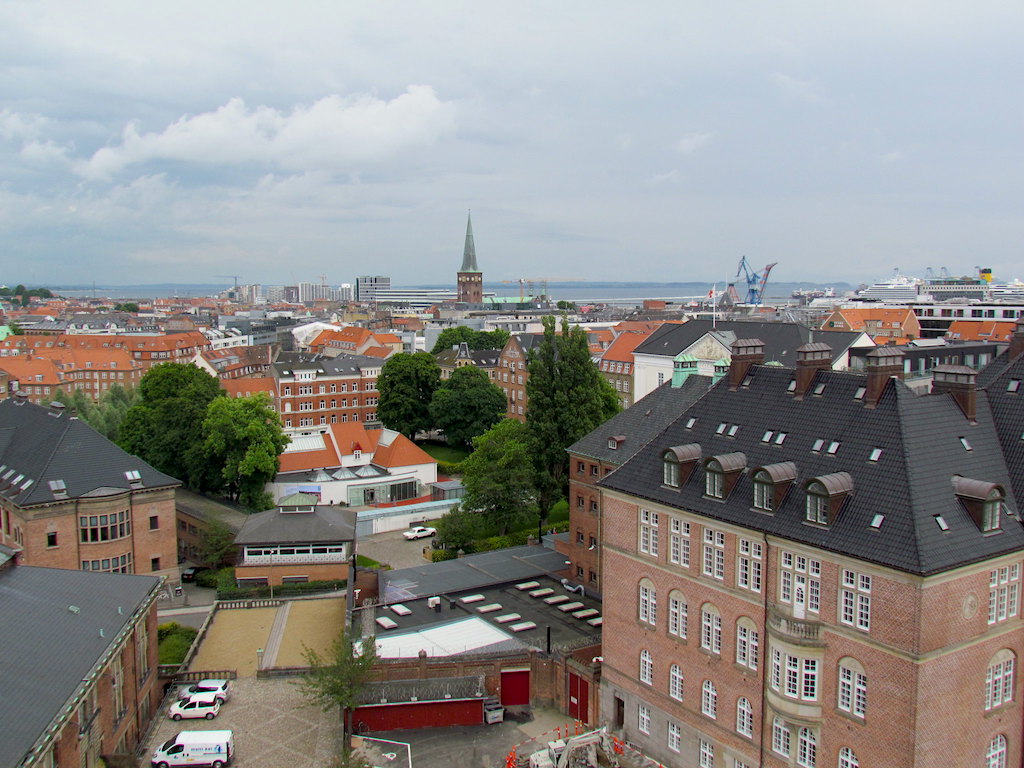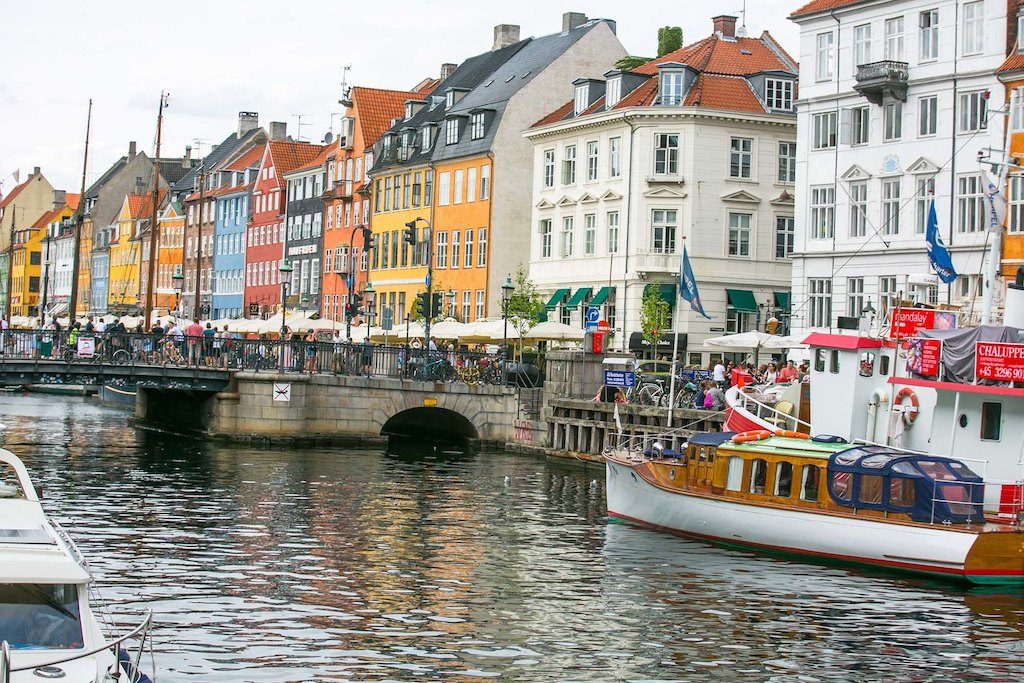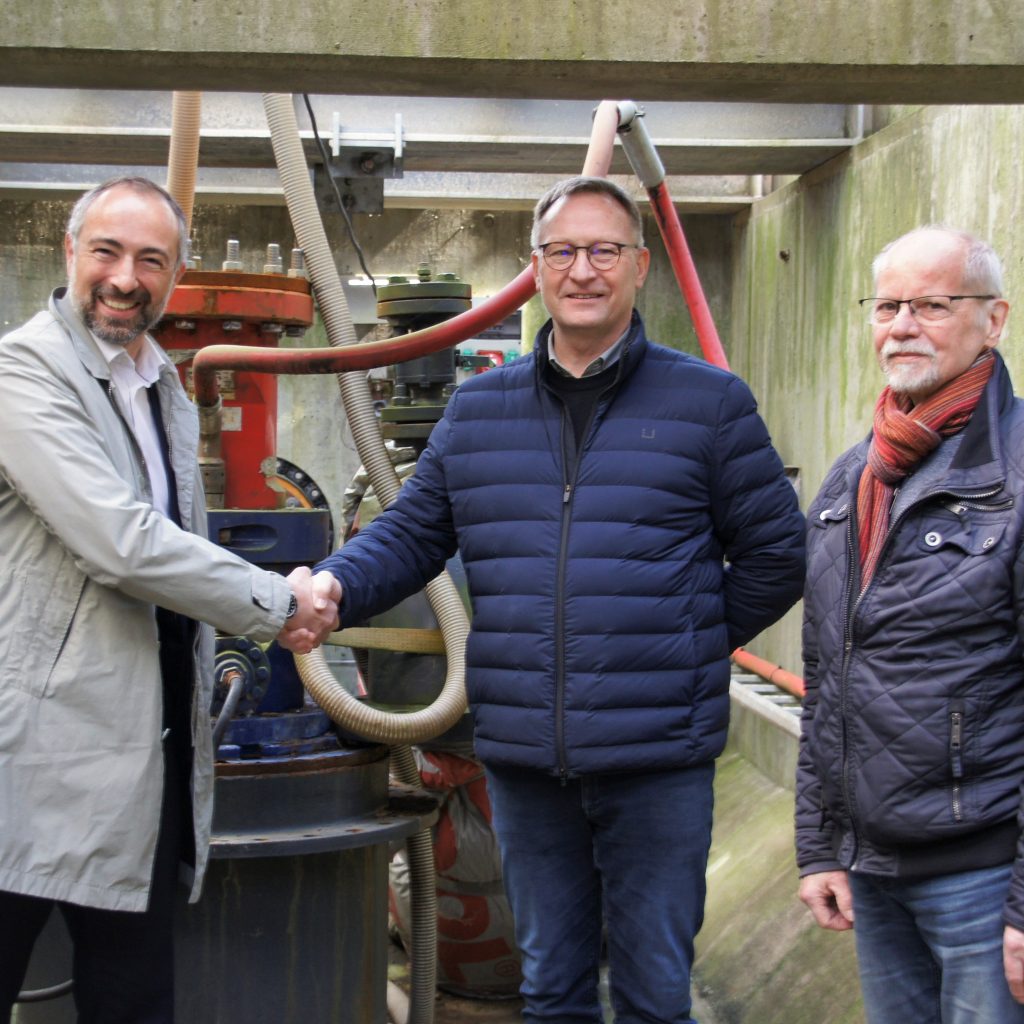
“We are pleased that our work to construct test wells has proceeded as planned. Now we have a completed pair of wells in Skejby, and already this week work will start on our first heating plant, which will transfer the geothermal heat to Kredsløb’s district heating network with the help of heat exchangers and heat pumps,” said Lars Heineke, Chief Project Officer at Innargi.
In partnership with district heating company Kredsløb, Innargi is developing a geothermal heating system that aspires to eventually cover 20% of the heating needs of the city of Aarhus. As the site in Skejby is designed to be the first of a total of seven sites, the wells drilled in Skejby provided valuable insight on the subsurface of Aarhus. This information will be useful in further assessment and development of geothermal plants elsewhere in the city.
The drilling campaign of Innargi had initially started at the Aarhus Harbour in November 2023 before moving to the Skejby site in February 2024. After just about 3 months, the drilling of two wells in Skejby had been completed.
Once the plant is completed, the neighbourhood can expect a good neighbour for the next 30 years. Some advantages of geothermal energy are that the plants do not produce noise, odor, or take up much space in the landscape once they are in operation.
“Geothermal energy is no longer a desk exercise. This is reality, and we can now begin to sense the first geothermal heat from what will be the EU’s largest continuous plant here in Aarhus. It is not an easy task to realise the plans, so I am both happy about the first good results and still hopeful that the further journey will also bring good results,” added Bjarne Munk Jensen, CEO of Kredsløb.




